Cats have been revered animals for millennia, with their origins in royal families tracing back to ancient Egypt. Here, cats were more than just pets; they were divine creatures associated with the goddess Bastet, symbolizing home, fertility, and protection. Egyptian royalty frequently kept cats, regarding them as family members, and their depictions in paintings and carvings often adorned palace walls. Cats from this era were known for their protective role and were mourned deeply upon their deaths, indicating their elevated status.
Imperial Felines: Ancient Rome’s Affection for Cats
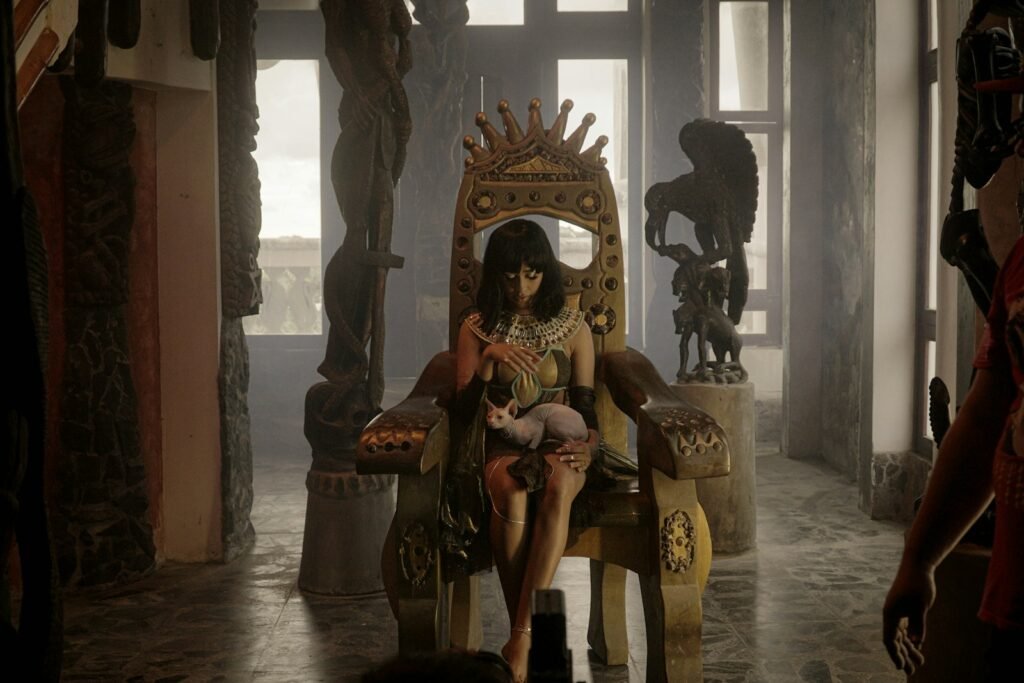
Following the dissemination of cats from Egypt to Europe, Roman emperors and their families became enamored with these animals for their intelligence and independence. Cats were regarded as symbols of liberty, with their hunting skills appreciated for controlling vermin. Documentation from Roman times reveals that cats often dwelled within imperial households, enjoying a degree of protection and care befitting their significance.
The Divine Cats of Siam: Thailand’s Royal Companions
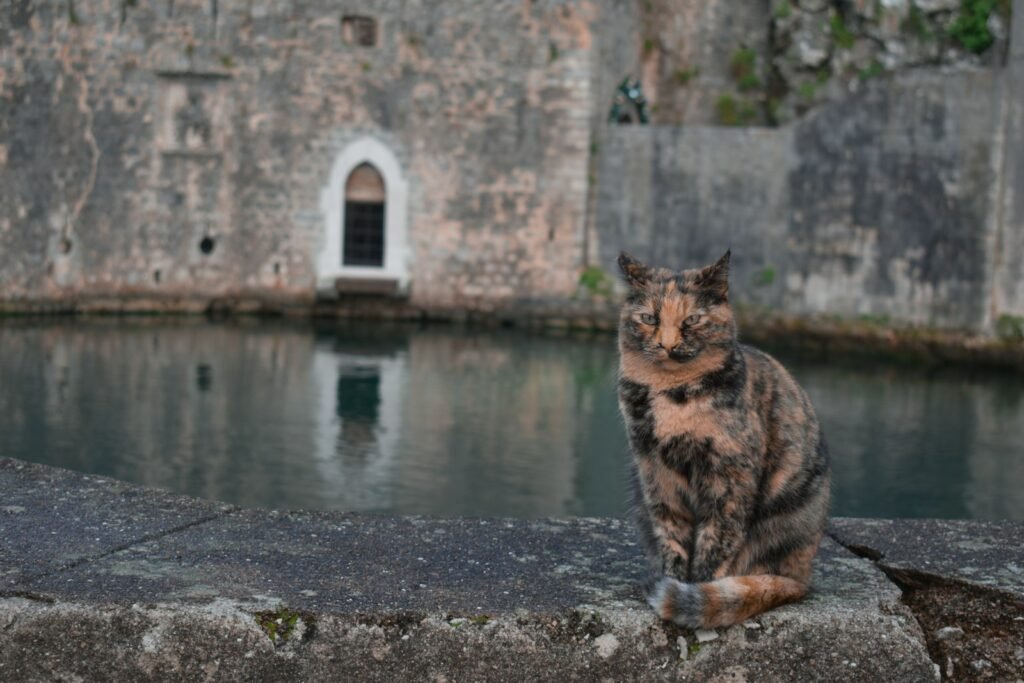
In the Kingdom of Siam, now modern Thailand, cats occupied a prestigious place within royal palaces during the Ayutthaya period. These cats, known as Siamese cats today, were considered sacred and believed to embody the spirits of deceased royalty. Their presence in temples and palaces contributed to their revered status, and they were protected by law, further reinforcing their importance to the royal family.
The Feline Legacy of the Qing Dynasty in China
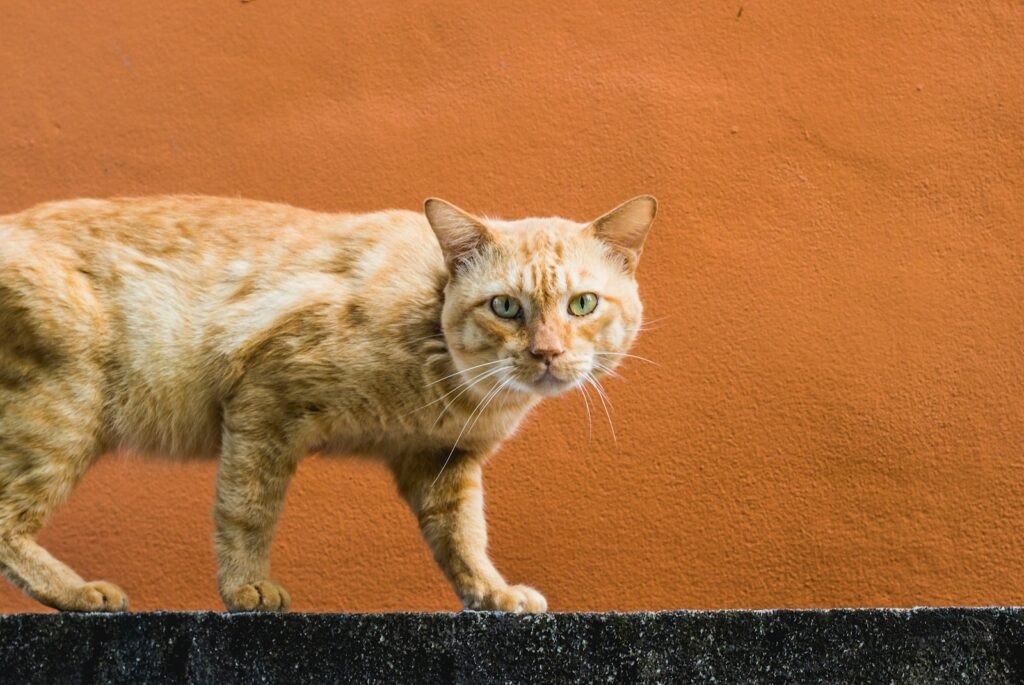
Cats found significant stature in Chinese history, especially during the Qing Dynasty. Within the Forbidden City, cats were not just pets but also guardians against rodents, protecting precious artworks and manuscripts. Emperors and empresses favored them for their grace and mystique, and they were often featured in Chinese art, symbolizing peace and tranquility. This long-standing relationship demonstrates the cultural appreciation of cats within China’s imperial history.
European Monarchies: Cats as Symbols of Power and Prestige

Throughout Europe, various monarchies embraced cats for their elegance and companionship. In the 16th century, King Charles I of England was known to hold a deep affection for his black cat, considering it a source of good luck. Princess Victoria, later Queen Victoria, also adored cats, receiving one as a gift during her childhood, which sparked her lifelong affection for felines. These stories highlight how cats became intertwined with the personal lives of European royals, affirming their place within the royal tradition.
Victoria’s Paws: Queen Victoria’s Role in Popularizing Cats
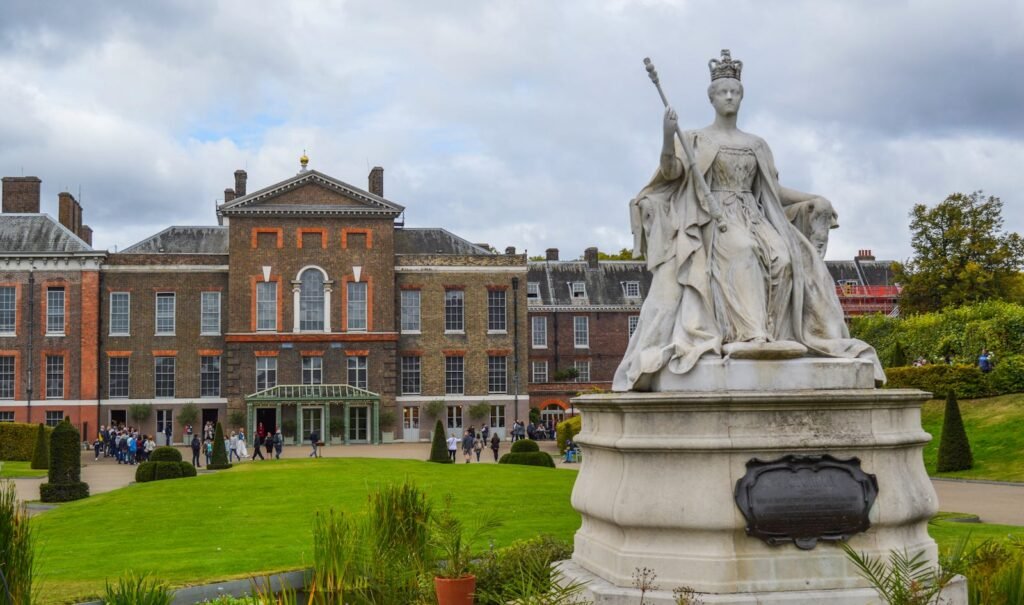
Queen Victoria’s passion for cats helped shift societal views, prompting a broader acceptance and admiration of felines among the English populace. Her household’s dedication to cats inspired a spread of this affection across the British Empire, leading to an increase in cat ownership among the elite. Queen Victoria’s public fondness for her pet cats bolstered their status, establishing them as desirable companions for families with means and prestige.
Russian Royals and Their Notorious Cats
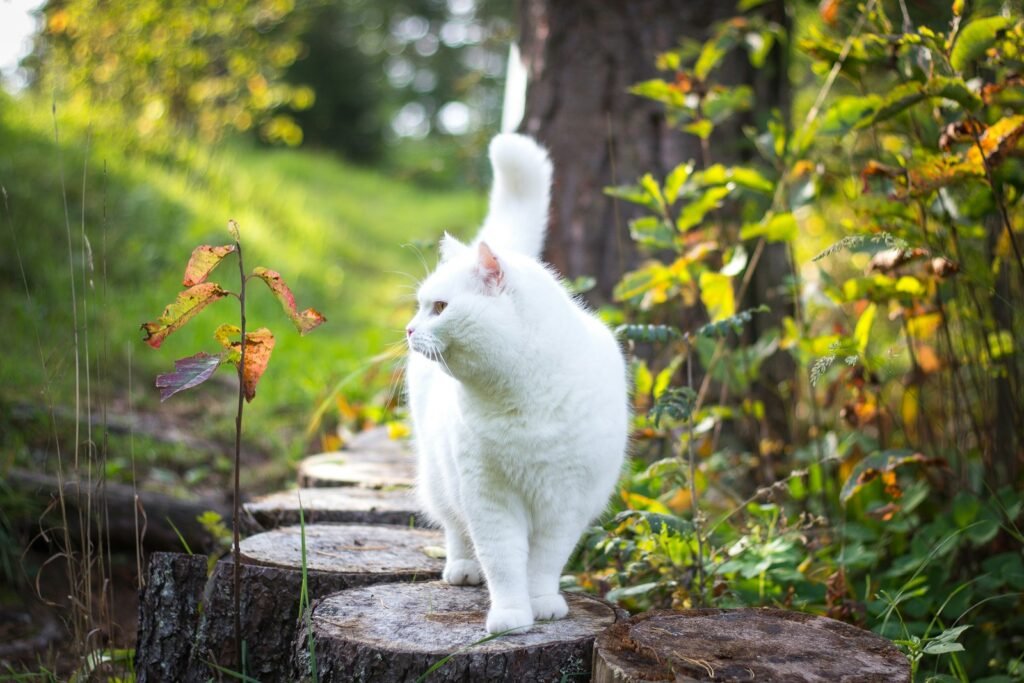
Russian royals, including the Romanovs, often kept cats as both companions and protectors of their estates. The Hermitage Museum in St. Petersburg historically used cats to safeguard against mice and rats, a tradition that continues today. Catherine the Great is said to have cherished her feline companions, fostering a culture where cats were seen as valuable members of the Romanov court.
Japanese Emperors and Their Enduring Love for Cats

In Japan, cats have long held a significant position, echoed in various cultural symbols and stories. The imperial family has historically cherished cats, with recorded instances of emperors and noblemen keeping them as beloved pets. Cats are often seen as good omens in Japanese folklore, embodying qualities of gentleness and spirit that resonate with the philosophies of the nation.
Cats in Modern Royal Households: A Continuing Legacy

Today, many royal families worldwide maintain their historical affection for cats, incorporating these elegant animals into their homes. The legacy continues as royal households across Europe and Asia uphold the tradition of feline companionship. These modern relationships highlight both continuity and change in how royals perceive their pets, with cats still holding an aura of grace and independence that captivates royal families.
The Symbolic Status of Cats in Contemporary Culture
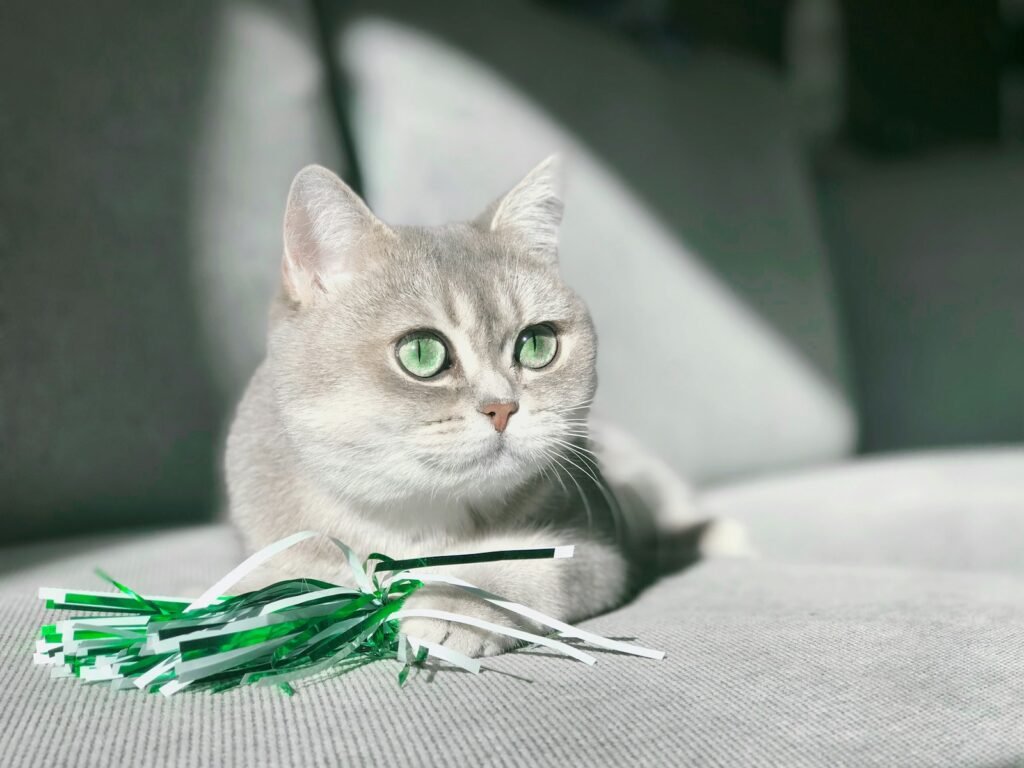
The historic bond between cats and royal families has left an indelible mark on contemporary culture. Cats symbolize mystery, independence, and elegance, traits often associated with regality. Their continued appearance in art, literature, and media underscores their timeless allure and the influential role they have played both as cherished companions and as symbols of status and power across various cultures.

Growing up traveling and experiencing new cultures and wonders, I have had a passion for nature, adventuring, photography, and videography. I am currently working towards a BSc in Biodiversity and Ecology at Stellenbosch University, and I hope to specialise in Marine Sciences one day.
Please send any feedback to Feedback@animalsaroundtheglobe.com






